Digital conductivity meter shows the quality of your water and the strength of Colloidal Silver accurately with no need for a conversion factor like TDS meters which read 50% low.
We include the EC-3 meter as part of our Silvonic Pro Colloidal Silver Generator kit.
$25.00
Out of stock
Free Priority Mail Insured S&H in US on orders over $49.
Shipping charges to other countries shown at checkout.
Description
In order to make colloidal silver with the smallest particles, the water should have no minerals or other contaminants. While the Silvonic lets you know if your water has an unacceptable level of minerals, a TDS/conductivity meter, shows the quality of your water. You should also check your colloidal silver strength with a meter so that it does not exceed 10 ppm for internal use. We recommend 5-15 ppm for best particle size and ionic content. With this level of purity and size, using several ounces per day should not present a serious problem.
Features
- Ideal for commercial use. Includes a carrying case with belt clip.
- Highly efficient and accurate due to its advanced microprocessor technology.
- Hold function: Saves measurements for convenient reading and recording.
- Auto-off function: The meter shuts off automatically after 10 minutes of non-use to conserve batteries.
- Measurement range: 0-9990 µS. From 0-999 µS, the resolution is in increments of 1 µS. From 1000 to 9990 µS, the resolution is in increments of 10 µS, indicated by a blinking ‘x10’ image.
- Built-in digital thermometer.
- Display: Large and easy-to-read LCD screen.
- Factory Calibrated: Our meters are calibrated with a 700 µS NaCl solution. Meters can be recalibrated with a mini-screwdriver. [Double Checked in 10 PPM CS]
Frequently Asked Questions About Particle Testers and Conductivity Meters
How can I get the best possible readings?
Shake: Always make sure to shake excess water off the meter before dipping it into a water sample, even if it’s the same water.
Stir/tap: After dipping the meter in the water, always lightly tap it against the side and stir the meter to remove any lingering air bubbles or electrical charges.
Positioning: When taking the reading, always make sure to hold the meter straight up without it touching the sides or bottom of the glass/beaker/cup. The probes should be suspended as close to the center of the water sample as possible.
Time: The longer the meter is in the water, the more accurate the reading will be.
Temperature: 77° F (25° C) is the ideal temperature for conductivity readings, even if the meter has ATC.
Rinse: If switching between very low and very high ppm water, always rinse the probes with distilled water to avoid any build-up.
Are TDS meters really conductivity meters?
Yes. While EC and TDS are often used synonymously, there are some important differences to note. EC, when applied to water, refers to the electrical charge of a given water sample. TDS refers to the total amount of substances in the water other than the pure H2O. The only true way of measuring TDS is to evaporate the water and weigh what’s left. Since this is near impossible to do for the average person, is it possible to estimate the TDS level by measuring the EC of the water. Every digital TDS meter in the world is actually an EC meter.
Copyright HM Digital http://www.tdsmeter.com/faqs/
Additional information
| Weight | 1 lbs |
|---|


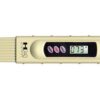

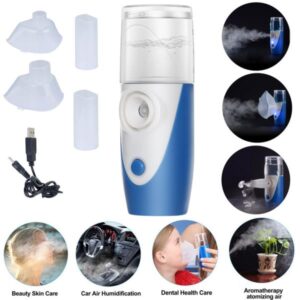
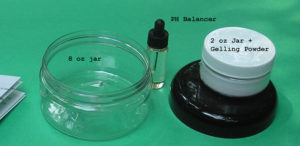
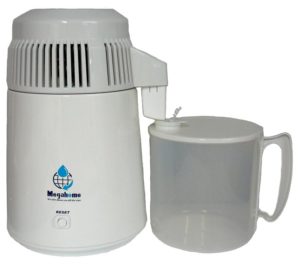

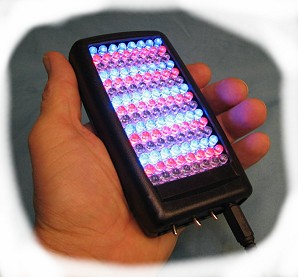
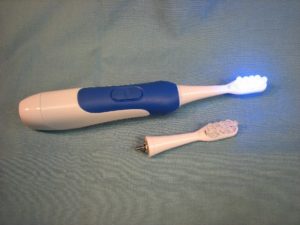

2 Comments to EC3 Conductivity Meter